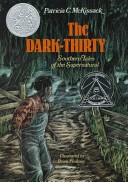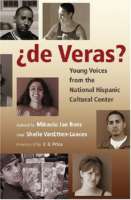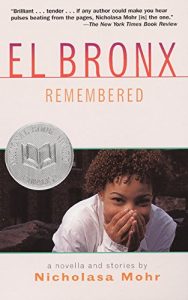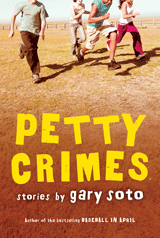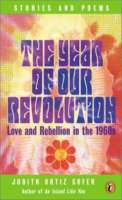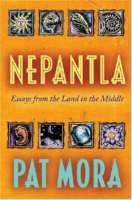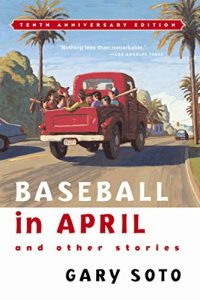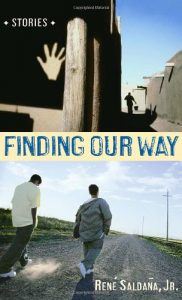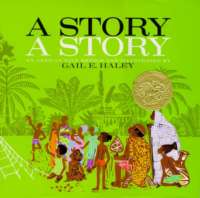
Many African stories, whether or not they are about Kwaku Ananse the “spider man,” are called, “Spider Stories.” This book is about how that came to be. The African storyteller begins: “We do not really mean, we do not really mean that what we are about to say is true. A Story, a story; let it come, let it go.” And it tells that long, long ago there were no stories on earth for children to hear. All stories belonged to Nyame, the Sky God. Ananse, the Spider man, wanted to buy some of these stories, so he spun a web up to the sky and went up to bargain with the Sky God. The price the Sky God asked was Osebo, the leopard of-the-terrible-teeth, Mmboro the hornet who-stings-like-fire, and Mmoatia the fairy whom-men-never-see. How Ananse paid the price is told in a graceful and clever text, with forceful, lovely woodcut illustrations.

